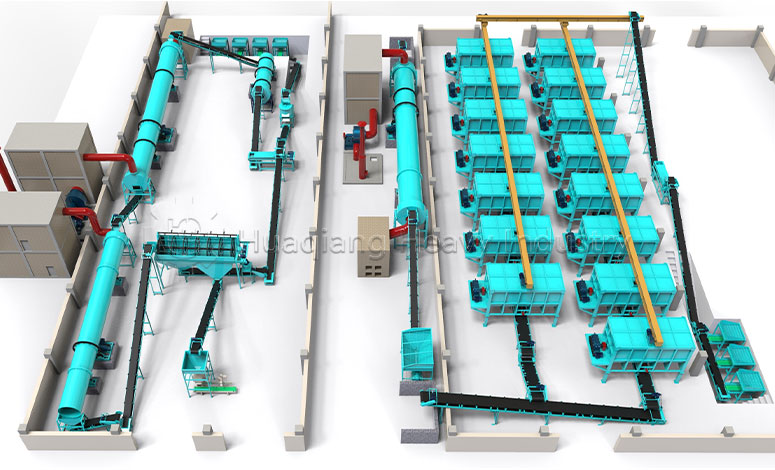In modern fertilizer plants, you’ll find two seemingly similar yet fundamentally different production lines: the traditional organic fertilizer line and the bio-organic fertilizer line. Both process organic waste, but the latter features an invisible “magician” – microbial communities.

Microbes: The Invisible Engineers
While traditional organic fertilizer relies on physical composting, bio-organic production is essentially a precision microbial cultivation experiment. Specialized fermentation tanks serve as five-star hotels for microorganisms, with PLC systems meticulously controlling temperature, humidity, and oxygen levels to create optimal working conditions for these tiny life forms to break down organic matter into more absorbable forms.
Core components of bio-organic lines:
- Intelligent fermentation systems – “Incubators” for microbes
- Microbial inoculant dispensers – Precision “microbe seeders”
- Gas chromatographs – Continuous metabolite monitoring
Beyond Fertilizer: Soil Physicians
Traditional lines produce “plant food,” while bio-organic lines deliver “soil therapy.” Those carefully selected microbial strains function like microscopic medical teams, continuing their work after entering the soil: some fix nitrogen, others solubilize phosphorus, while others suppress pathogens… This is ecological magic traditional lines cannot replicate.
Next time you see fertilizer labeled “bio-organic,” remember: this bag contains not just nutrients, but an entire micro-ecosystem ready to awaken sleeping earth.





